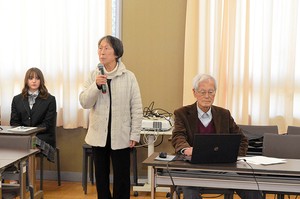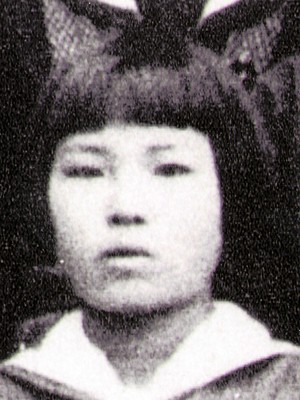By SHUNSUKE NAKAMURA/ Senior Staff Writer
September 29, 2022 at 16:49 JST
Work to recover an anchor of a ship from the late 13th century Mongolian armada that tried to invade Japan is under way off the coast of Takashima island in Matsuura, Nagasaki Prefecture.
The Matsuura city government and researchers are expected to salvage an anchor that has been confirmed on the sea floor, which is 20 meters below the sea surface, on Oct. 1.
The anchor is made of wood and has a stick-like stone working as a weight. It was found in 2013.
The team will use a balloon to create buoyancy to pull up the anchor, which is about 1.7 meters long.
It is expected to be stored at the city’s buried cultural property center afterward.
The city hopes the scheduled recovery attempt will lead to further research on the mysterious invasion attempts.
The Mongol Empire attempted to invade Japan in 1274 and 1281, both during the Kamakura Period (1185-1333).
It is believed that about 4,400 ships came to the area in the second invasion attempt.
In both of the attempts, the Mongol Empire's armada arrived in northern Kyushu, but the ships were damaged by unexpected fierce winds. Many of the ships are believed to have sunk.
Details of the large-scale armada, such as the nature of the military force and the types of ships, remain a mystery.
Yoshifumi Ikeda, an archeology professor at Kokugakuin University who leads the research team, said the armada was likely composed of ships that were newly built for the invasion and trading ships that the Mongol Empire took from the Nansong Dynasty when it conquered China.
Ikeda hopes the salvaging attempt will provide a clue.
A search for the sunken ships has intermittently been ongoing since the 1980s near Takashima.
The team confirmed the body of a sunken ship in 2011.
In 2012, some of the sea area was designated as a national historic site. It was the first time for a sea floor to receive such a designation.
The city has since sought to study the sunken ship and determine how to utilize it by establishing an underwater archeology research center.
Recently, the city signed a partnership agreement with a local fisheries cooperative, which promises an improved research environment.
The city also hopes to salvage the body of the sunken ship in the future and preserve it.




















A peek through the music industry’s curtain at the producers who harnessed social media to help their idols go global.
A series based on diplomatic documents declassified by Japan’s Foreign Ministry
Here is a collection of first-hand accounts by “hibakusha” atomic bomb survivors.
Cooking experts, chefs and others involved in the field of food introduce their special recipes intertwined with their paths in life.
A series about Japanese-Americans and their memories of World War II